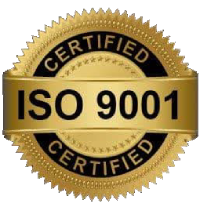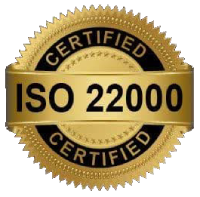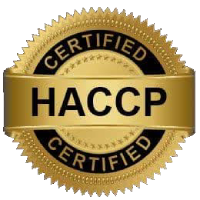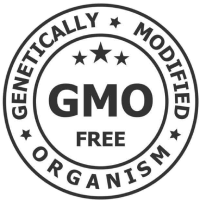-
1
Aseptic tomato paste in barrels for export
- 1.1 Aseptic Process Includes Three Main Steps:
- 1.2 Aseptic tomato paste Packaging Process Includes:
- 1.3 Specifications of Export-Quality Aseptic tomato paste:
- 1.4 Export of Aseptic tomato paste
- 1.5 Aseptic tomato paste
- 1.6 Advantages of Aseptic tomato paste:
- 1.7 Important Tips for Usage and Storage:
- 1.8 Conclusion
- 1.9 Recommendations:
Aseptic tomato paste in barrels for export
Aseptic tomato paste in barrels for export is packaged on a pallet with four units secured by straps.
Geranaz Food Industries, the producer of this packaging with a Brix level of 36-38, exports the product to various countries after production.
Definition of Aseptic
In one sentence, ” Aseptic ” refers to a process where the product is packaged in such a way that it does not require refrigeration.


Aseptic Process Includes Three Main Steps:
- Thermal sterilization of the product
- Aseptic of the packaging
- Maintaining Aseptic during packaging
To ensure the Aseptic process, it is essential that the process preserves all the product’s characteristics.
Maintaining these conditions throughout the sterile process is crucial, indicating that the Aseptic conditions are correctly applied and sustained during production.
Aseptic tomato paste Packaging Process Includes:
- Aseptic of packaging materials or containers before filling
- Aseptic of processing equipment involved in the tomato paste production
- Maintaining Aseptic across the entire production system

Specifications of Export-Quality Aseptic tomato paste:
- Premium concentrated tomato water
- Brix level of 36-38
- Pure tomato paste
- No salt added
- No preservatives
- Packed in specialized bags then placed into Aseptic barrels
- Weight: 235 kg per barrel
- Blue metallic barrels
- Very thick, dense texture
- Easy storage
- High shelf life of tomato paste
Export of Aseptic tomato paste
A significant percentage of Aseptic tomato paste is exported due to its high economic efficiency for buyers, which explains its widespread demand worldwide.
The product is shipped in metal barrels to various countries, with substantial annual exports to countries including:
- Iraq
- Afghanistan
- Russia
- Armenia
- Kazakhstan
- Pakistan
- Qatar
- Romania
- Belarus
- Poland
For price inquiries and orders, contact our sales consultant via WhatsApp at 09155236248 or email at info@geranaz.com
Visit other Geranaz products
Aseptic tomato paste
Aseptic tomato paste is produced under conditions that extend its shelf life without the need for refrigeration.
Our company is among the leading producers and distributors of Aseptic tomato paste, delivering the product directly to customers.
All products are manufactured in a hygienic environment and meet export quality standards.
The key feature of Aseptic tomato paste is that, without adding any chemical or unhealthy substances, its shelf life is significantly increased.
The production process involves three main stages: thermal Aseptic, packaging sterilization, and maintaining Aseptic during packaging.
Advantages of Aseptic tomato paste:
- Extended shelf life: Can be stored for several years in a cool, dry place without refrigeration.
- No artificial preservatives needed: Aseptic replaces chemical preservatives.
- Preservation of quality and flavor: The heat and sterilization process maintain the natural taste and quality of the puree.
- Food safety: Reduced risk of microbial and fungal contamination.
- Ease of use: Ready to consume anytime and without special preparation before use.
Important Tips for Usage and Storage:
- Aseptic containers should be stored in a dry, cool place.
- After opening, keep the product refrigerated and consume within a short period.
- Avoid exposing containers to direct sunlight.
- Pay attention to the production and expiration dates when purchasing.
Conclusion
Aseptic tomato paste, as a processed and healthy product, is a suitable choice for families and industries requiring long-term, easy storage. Modern packaging and sterilization techniques ensure high quality and food safety.
This method not only preserves the natural flavor and color of the tomato paste but also reduces waste and simplifies storage and usage processes.

Recommendations:
- Producers should emphasize adherence to hygiene standards and quality control processes in sterile tomato paste production.
- Consumers should pay attention to manufacturing and expiration dates, storage conditions, and proper usage methods.
- Further research into improving sterilization and packaging processes can enhance the quality and shelf life of this product.













